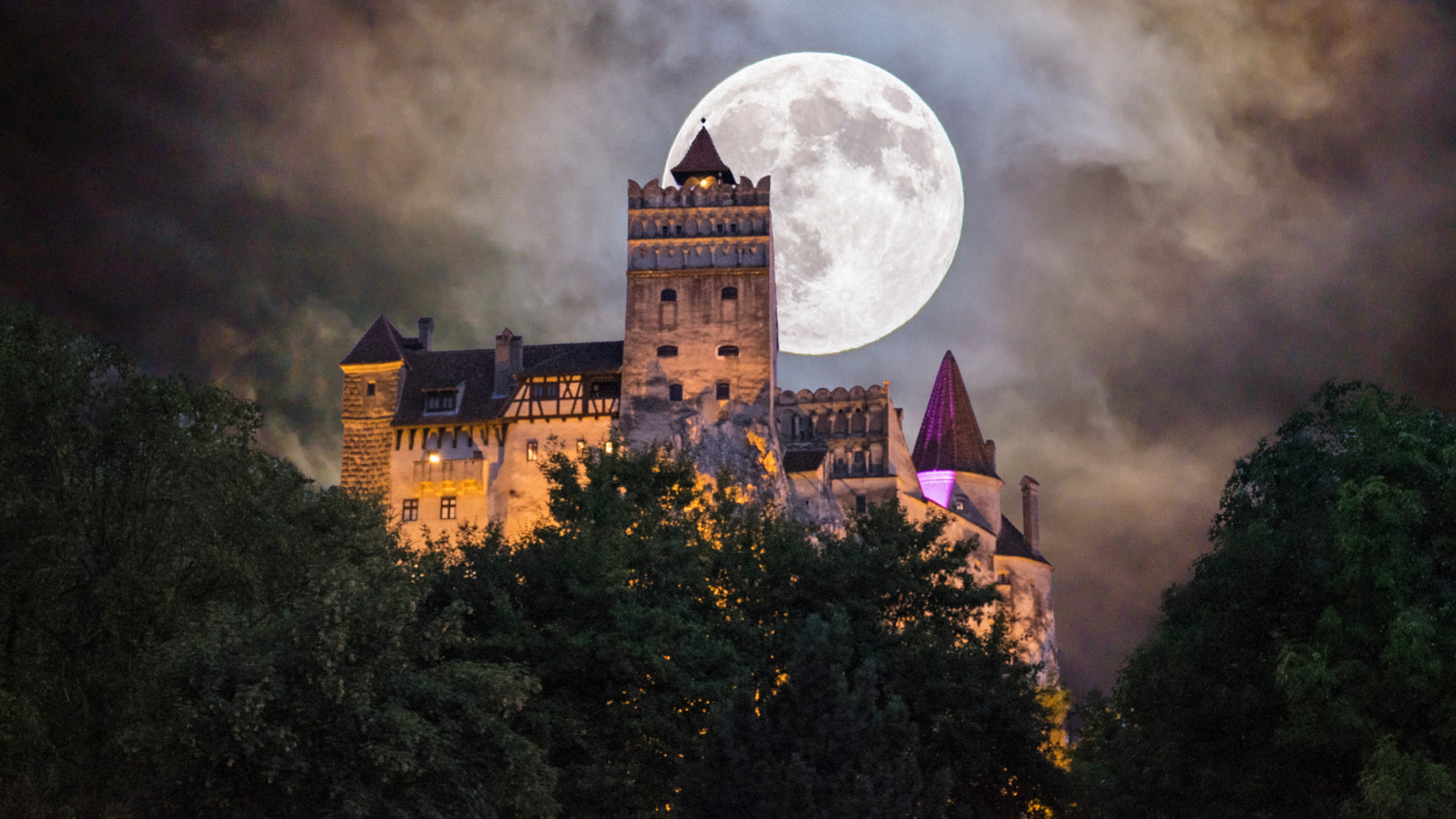The Top 20 National Parks in Australia
Australia is a wild and beautiful country with unique natural wonders. The country has over 500 national parks where nature is preserved and protected. Every park has something different to offer, from an impressive array of plants and animals, beautiful scenery, or spectacular beaches to unearthly limestone and sandstone rock formations.
Whatever your preference, there is a national park out there for you! Join us as we take a look at what twenty of Australia's most beautiful national parks have to offer.
Photo: by Steve Bittinger / Unsplash
Whitsunday Islands National Park is stunning and is a known mecca for snorkelling and scuba diving since the Great Barrier Reef is located nearby.
Even if you aren't into exploring the ocean, you will certainly enjoy the stunning beaches and the beautiful walking trails with spectacular, picture-perfect views.
Photo: Paquita Fadden / Unsplash
Kakadu National Park is located in the Northern Territory and offers diverse terrain and a wide range of plants and animals that call it home, including the crocodile.
Kakadu is nearly half the size of Switzerland and is the largest national park in Australia. The park is famous for its aboriginal rock art. The aborigines have called the area home for more than 40,000 years, and their amazing rock art can be found in over 5000 locations within the park.
Photo: Nick Dunn / Unsplash
Purnululu National Park is a must for hiking and back-country camping enthusiasts, and the scenery is out of this world. Many parts of the park may only be accessed by foot or with 4WD vehicles, and due to its remote location, campers must bring in all their own supplies.
Photo: Ben Carless / Unsplash
The park is famous for the 'Bungle Bungle Range', some of the most extensive sandstone formations in the world. The formations are bee-hived-shaped sandstone formations with orange and black stripes, and if you have the chance to get an aerial tour of the area, don't turn it down because the scenery from above is mind-blowing.
Freycinet National Park is the oldest park in Tasmania and is home to one of the best beaches in Australia. The red and pink granite Hazard mountains called the frame the stunning blue water in Wineglass Bay, making for absolutely gorgeous scenery.
Photo: Yashi Wang / Unsplash
The park is home to some rare flora and fauna, making it popular with birdwatchers and fishing enthusiasts. Sea kayaking, beachcombing, and other aquatic activities are popular in this beautiful park.
Uluru-Kata Tjuta National Park, formerly known as Ayers Rock, is Australia's most famous natural landmark. The name was changed when the park's ownership was returned to the aboriginal people to reflect their heritage.
Photo: Simon Maisch / Unsplash
Uluru is a massive sandstone formation towering over the Northern Territory's Central Australian desert. If you want to get amazing photos, be sure to check out the Kata Tjuta rock domes at sunset or sunrise, there are 32 in total, and the rocks change color in the sunlight.
Kosciuszko National Park is located in southern New South Wales, and the aboriginals have called it home for the past 20,000 years.
Photo: Jasper Wilde / Unsplash
In this park, you will discover the Snowy Mountains, the Murray River, and the pristine glacial lakes, making for picture-perfect scenery. This national park is the only place where you can see the endangered southern corroboree frog and the highest town in Australia, Cabramurra.
Great Sandy National Park, located on Fraser Island in Queensland, is the world's largest sand island. Many flock to the island due to its high dingo population, making it highly probable you will observe the animals in the wild.
Photo: Brian W. Schaller / Wikimedia
Dingoes are a protected species on the island, and visitors must follow the dingo safety rules when they visit as they can be dangerous to humans. However, even if dingoes aren't your thing, the park is worth a visit. From mangrove forests, swamps and beaches, this rough terrain is fantastic for outdoor enthusiasts as well as avid bird watchers.
Cradle Mountain-Lake St. Clair is one of the most popular areas on the island of Tasmania, and with the striking scenery, it offers it is no surprise.
Photo: Nico Smit / Unsplash
The park offers a variety of different environments, including rainforests and alpine mountains. The stunning wilderness can best be appreciated on hikes through the park, and the famous six-day Overland Track is probably the best way to see it all.
Daintree National Park, located in the Far North of Queensland, is home to the oldest rainforest in the world. Here you can see flora and fauna that cannot be found anywhere else on earth. If you aren't a fan of heavy rain, it is best to avoid visiting during the monsoon season as there can even be flooding.
Photo: Diliff / Wikimedia
However, if you tolerate the rain well, during the summer monsoon season, the freshwater swimming holes in the park are at their best, and you may also even get lucky and see a box jellyfish, who are at their most active during this time.
Nambung National Park is home to 176 different species of animals, so if you are an animal lover and you can only visit one national park in Australia, this might be THE ONE to visit.
Photo: Gnangarra / Wikimedia
From grey or red kangaroos, dingoes to humpback whales, this park has it all. Add to its incredible diversity of fauna the otherworldly scenery, and you have a winning combination for sure. The rock formations dating back 3.6 billion years rising up from the yellow sand on the border of the Indian Ocean look like something from a sci-fi movie.
Located on Victoria state's Shipwreck Coast, the Port Campbell National Park is a great place to check out if you love shipwrecks. However, even if you don't, the beaches and the scenery are truly breathtaking.
Photo: Brian W. Schaller / Wikimedia
The combination of the Southern Ocean and the stunning limestone rock formations are astounding; you can check out the Twelve Apostles, Loch Ard Gorge, the London Bridge formations, among others.
Karijini National Park is located in the heart of Western Australia's Pilbara region. Famous for its ancient red rocks dating back more than 2.5 billion years, the park is popular with hikers.
There are hiking trails that follow the rims of the gorges and go into them as well. Visitors also enjoy swimming in the many natural pools located in the park.
Great Otway National Park is near Port Campbell National Park, so you may be able to squeeze a visit to both into your trip. This park is undoubtedly worth the visit as it is part of Victoria's famous Great Ocean Road, and the hiking trails are genuinely breathtaking.
Photo: Michael J. Fromholtz / Wikimedia
Not only will you enjoy the beautiful coastal scenery, but you will also bask in the lush forests filled with eucalyptus trees and waterfalls.
Maria Island in Tasmania is known as one of the best national parks in Australia because of its human heritage and unusual wildlife. With gorgeous landscapes and impressive Painted Cliffs, there is something for everyone in this national park.
Photo: JJ Harrison / Wikimedia
The island was once home to convict placed on the island as punishment, and visitors can check out the remains of their community. Animal lovers will enjoy observing wombats, Cape Barren geese, wallabies, kangaroos, and the nearly extinct Tasmanian devil.
Grampian National Park in Victoria is famous for beautiful mountain views, Aboriginal rock art, and spectacular waterfalls.
Photo: Gavin J. Owen / Wikimedia
Hikers love this park, and the most popular hiking routes are the hike to the base of MacKenzie Falls, up to the Pinnacle lookout, or a multi-day hike along the Grampians Peak Trail.
Royal National Park in New South Wales was established in 1879 and is among the world's oldest national parks.
Photo: Ayush Jain / Unsplash
Close to Sydney, the park receives a multitude of visitors every year, eager to explore its picturesque beaches, eucalyptus rainforests, waterfalls, sandstone cliffs, and Aboriginal sites.
Springbrook National Park in Queensland forms part of the Gondwana Rainforests of the Australia World Heritage Area. Hikers of all skill levels will delight in a variety of trails.
Photo: Lawrence On / Wikimedia
The walking paths and hiking trails showcase the waterfalls, streams, creeks, lush rainforests, and even a unique rock arch over a waterfall called the Natural Bridge, all located in the park.
Spelunkers will delight in exploring the four of twenty-eight caves open to the public at Naracoorte Caves National Park in South Australia. Each cave has a different focus, so there is something for everyone.
Photo: Karora / Wikimedia
In the Victoria Fossil Cave, you can explore the remains of thousands of animals. Whereas in the Victoria Fossil Cave, stalactite and stalagmite formations are the main focus. If bats are more your thing, check out the Blanche Cave, home to a vast bat population. Finally, there is the Stick-Tomato Cave, where the tours are self-guided through two open chambers.
Blue Mountains National Park in New South Wales is just a hop, skip and jump away from Sydney, making it a popular destination. Covered in dense eucalyptus forests, the most popular home base with visitors is in Katoomba.
Photo: Gilly Tanabose / Unsplash
From here, you can easily take in the Three Sisters rock formation and enjoy a ride in a cable car over the forest. However, the park is full of hiking trails and fantastic scenery to explore.
Coffin Bay National Park, located in South Australia, is the perfect place for those who want an escape from everything. If you're going to do some bird watching, fishing, hiking, kayaking, surfing, or even camping, this is the place for you.
Photo: Tirin / Wikimedia
If you really want to escape humanity, you can access some areas where you can only arrive by 4WD vehicles. The views are spectacular, and the park is peaceful, making it the perfect escape.





















































